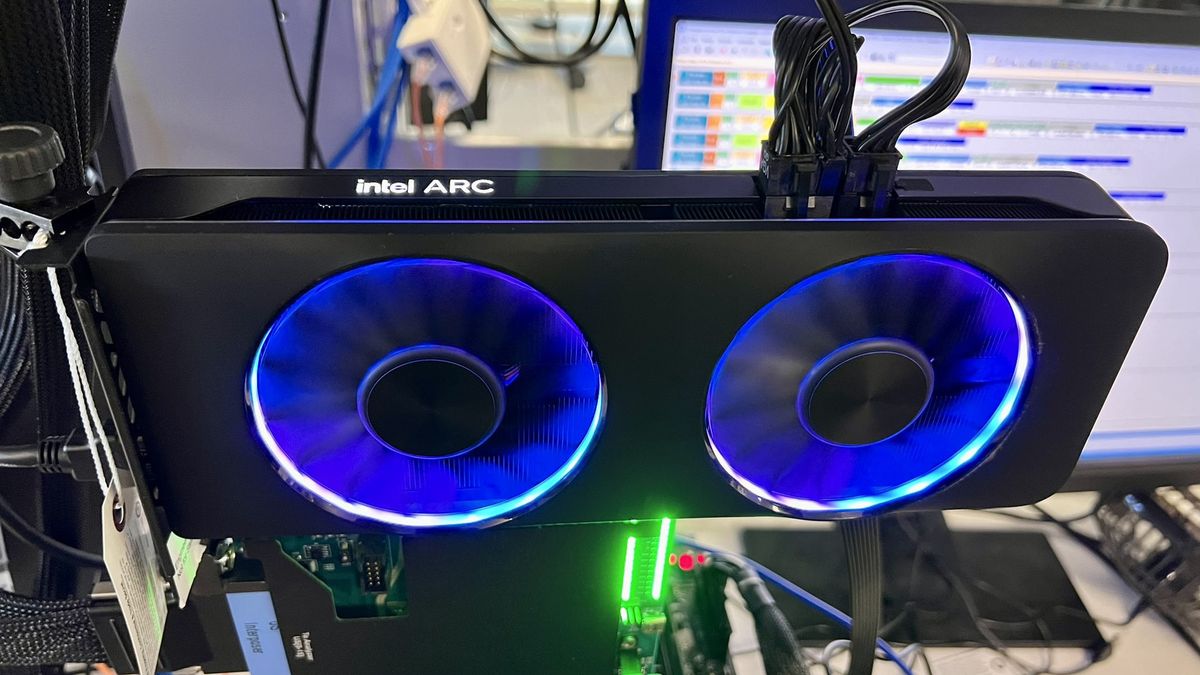Intel has taken a bumpy road with its Arc Alchemist graphics cards, but an upcoming driver update could offer a big enough performance gain to keep the company’s hopes of entering the discrete graphics market alive for a while longer.
Since the introduction of the first Intel Arc A380 discrete GPU in mid-2022, Intel’s line of GPUs has been plagued by a number of incompatibilities and driver issues, particularly with older games running on DirectX 9.
This emerges from a new report by the German media company PC gaming hardware (opens in new tab) (about VideoCardz (opens in new tab)) Intel tracked down the source of the performance bottleneck and fixed the issue. A major driver update in the near future aims to extend these changes to the broader Arc ecosystem.
This would be a great boon for Team Blue as reported issues including incompatibility and visual corruption will be a major distraction for players. That’s the one demographic these cards will need to placate if Intel ever hopes to take on them best graphics cards from AMD and Nvidia.
To that end, PCGH tested 66 games over the years going back to Unreal Tournament 2004 GOTY Edition (a DirectX 8 title) and only Halo Infinite had serious problems. Most games in the trial ran perfectly – and that was before the upcoming driver update that should fix major performance issues Intel’s Arc cards were facing.
It’s not too late for Intel Arc, but time may be running out
With Intel Arc appearing to have been on the ropes for months (if not years), there’s definitely reason to be wary of how much of a difference this driver update will make.
Intel’s latest earnings call not exactly confidence-inspiring in the market (opens in new tab), and Intel will be under tremendous pressure to grow earnings in the coming year. Intel’s discrete graphics unit has already been in the crosshairs, as the company’s significant investments have not resulted in a major launch of graphics cards to compete with them AMD and NVIDIA.
Though Intel’s Arc cards could be threatened, they haven’t been shut down yet, and the company says it remains committed to moving forward with its discrete graphics project.
Since the delay in the card’s release is related in large part to problems with software drivers rather than the hardware itself, there is reason to hope that Intel’s new cards may prove to be the main competitors for the best cheap graphics card available,
This is sorely needed as both AMD and Nvidia continue to release prohibitively expensive graphics cards that the majority of gamers can hardly afford.





